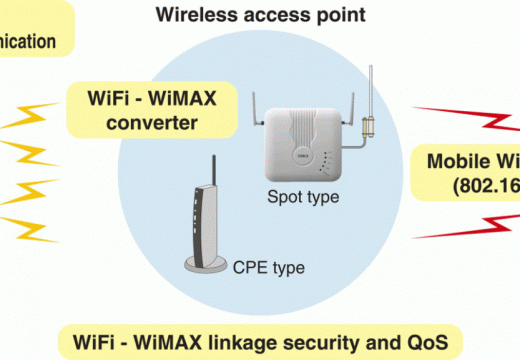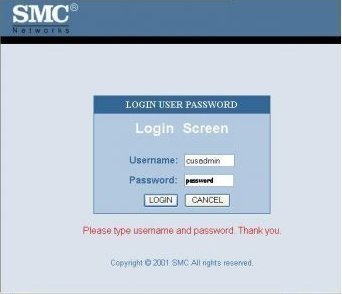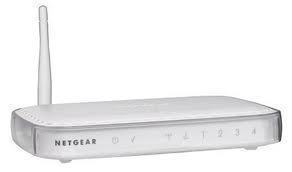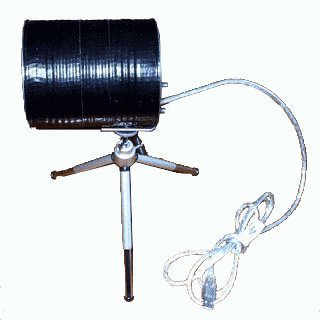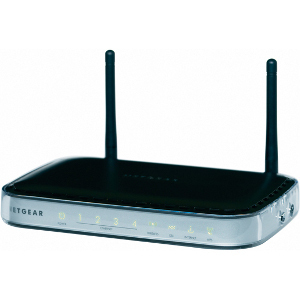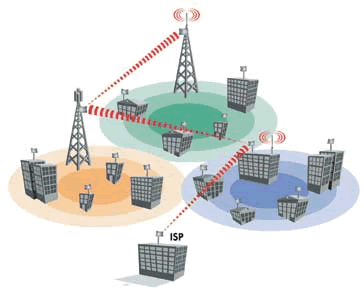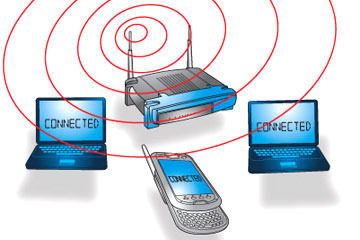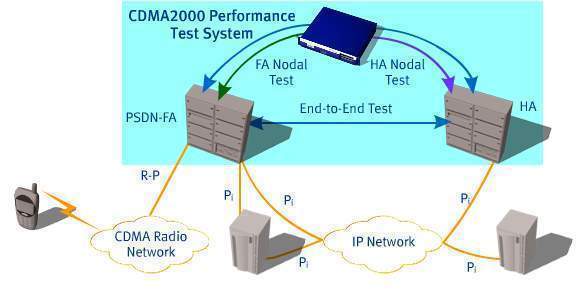WiMAX
WiMAX stands for Worldwide Interoperability for Microwave Access. WiMAX is a broadband wireless point-to-multipoint specification from the IEEE 802.16 working group. Unlike wireless LAN technologies such as Wi-Fi (802.11), WiMAX is designed to operate as a wireless MAN (Metropolitan Area Network). This places WiMAX in the same class as the earlier 802.16 standards, MMDS and …

